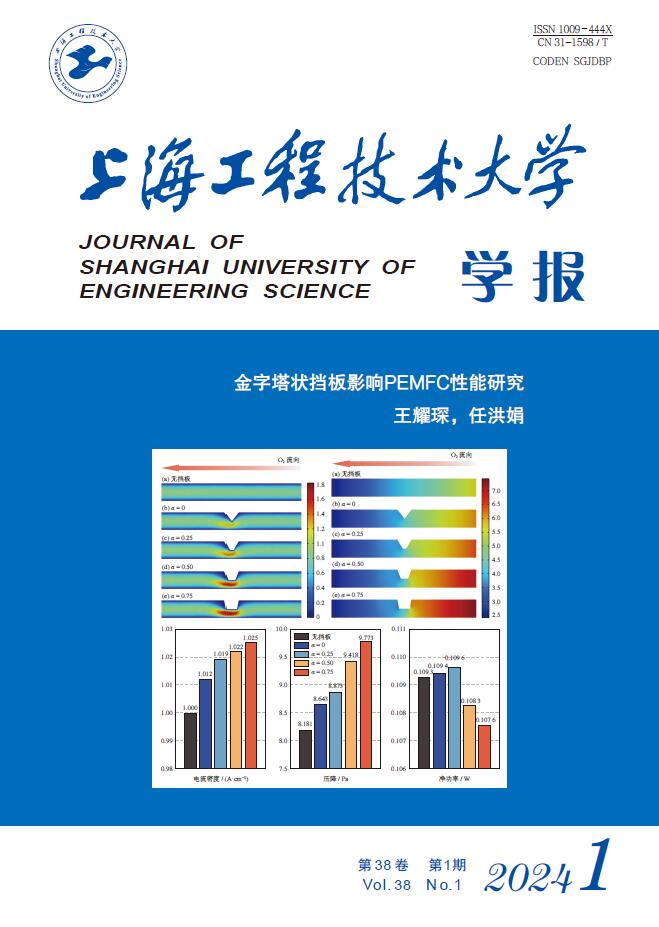2022 Vol. 36, No. 3
Display Method:
2022, 36(3): 231-237.
doi: 10.12299/jsues.21-0239
Abstract:
2022, 36(3): 238-242.
doi: 10.12299/jsues.22-0007
Abstract:
Experimental study on stiffness characteristics of Vossloh W300 fastener system under assembly state
2022, 36(3): 243-248.
doi: 10.12299/jsues.21-0199
Abstract:
2022, 36(3): 249-260.
doi: 10.12299/jsues.22-0029
Abstract:
2022, 36(3): 261-266.
doi: 10.12299/jsues.21-0193
Abstract:
2022, 36(3): 267-271.
doi: 10.12299/jsues.22-0018
Abstract:
2022, 36(3): 272-277.
doi: 10.12299/jsues.21-0274
Abstract:
2022, 36(3): 278-283.
doi: 10.12299/jsues.21-0249
Abstract:
2022, 36(3): 284-289.
doi: 10.12299/jsues.22-0013
Abstract:
2022, 36(3): 290-294, 323.
doi: 10.12299/jsues.21-0087
Abstract:
2022, 36(3): 295-300.
doi: 10.12299/jsues.22-0051
Abstract:
2022, 36(3): 301-308.
doi: 10.12299/jsues.21-0237
Abstract:
2022, 36(3): 309-314.
doi: 10.12299/jsues.21-0265
Abstract:
2022, 36(3): 315-323.
doi: 10.12299/jsues.21-0186
Abstract:



 Email Alert
Email Alert
 RSS
RSS
